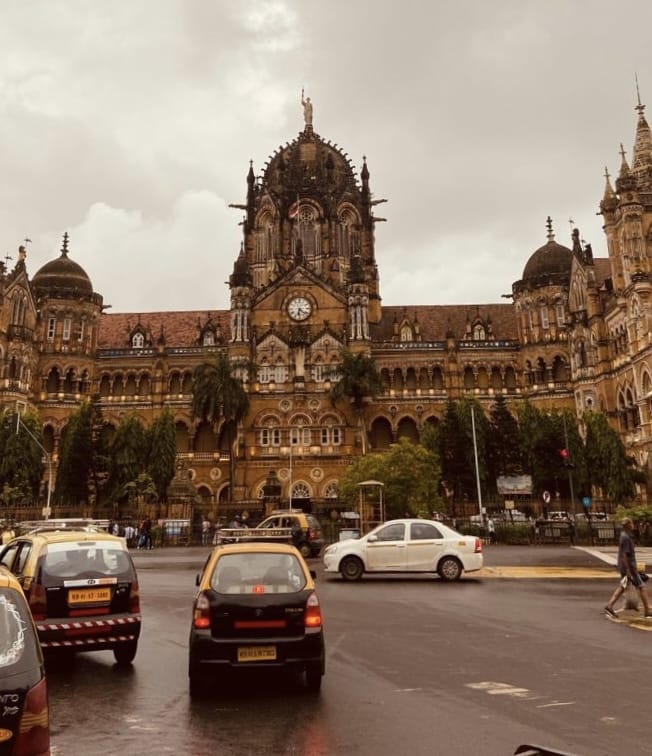
There’s something about Mumbai in January that feels different—like the city takes a deep breath before bursting into a whirlwind of art, culture, and stories. The air is lighter, the pace a little slower, as if even the honking kali-peeli know it’s time to pause and appreciate the beauty around them. And right at the heart of it all, the Kala Ghoda Arts Festival transforms the historic district into an open-air gallery—alive, breathing, and brimming with creativity.
This year was extra special. Kala Ghoda 2025 celebrated its silver jubilee—25 years of art, resilience, and purpose. Stepping into the festival felt like walking into a dream woven together by thousands of artists, storytellers, and visionaries. The energy was infectious. Live music and workshops drifted through the streets, conversations buzzed in every corner, and installations stood tall—each with a story, each demanding to be heard.
The Power of Public Art
Every year, as I step into the vibrant whirlwind of the Kala Ghoda Art Festival, I remind myself why I do this. Why do I pour my heart into creating, shaping, and sharing my art in a space that belongs to the streets, to the people, to the soul of the city? Why is it that public art inspires me so much?
Art, to me, is not meant to be locked away in galleries, whispered about in elite circles, or admired only by the privileged few. It is meant to breathe in open spaces, to catch the eye of a passerby, to make someone—anyone—pause, reflect, and feel something stir within. That is why I bring my work to Kala Ghoda festival. Because here, amidst the energy of Mumbai, art is truly for the people.
I believe in the power of public art for change—its ability to ignite curiosity, to challenge perspectives, to tell stories without uttering a single word. Not everyone will step into a museum, but they will walk down a street. And if that street is filled with color, form, and meaning, then art has already done its job. It has reached them. It has spoken.
For me, Kala Ghoda is more than a festival; it’s a movement. A chance to break barriers, to invite conversations, to make art an experience rather than a luxury. And if, in this sea of people, even one person stops, looks at my work, and sees the world a little differently—then that, to me, is the true essence of art.

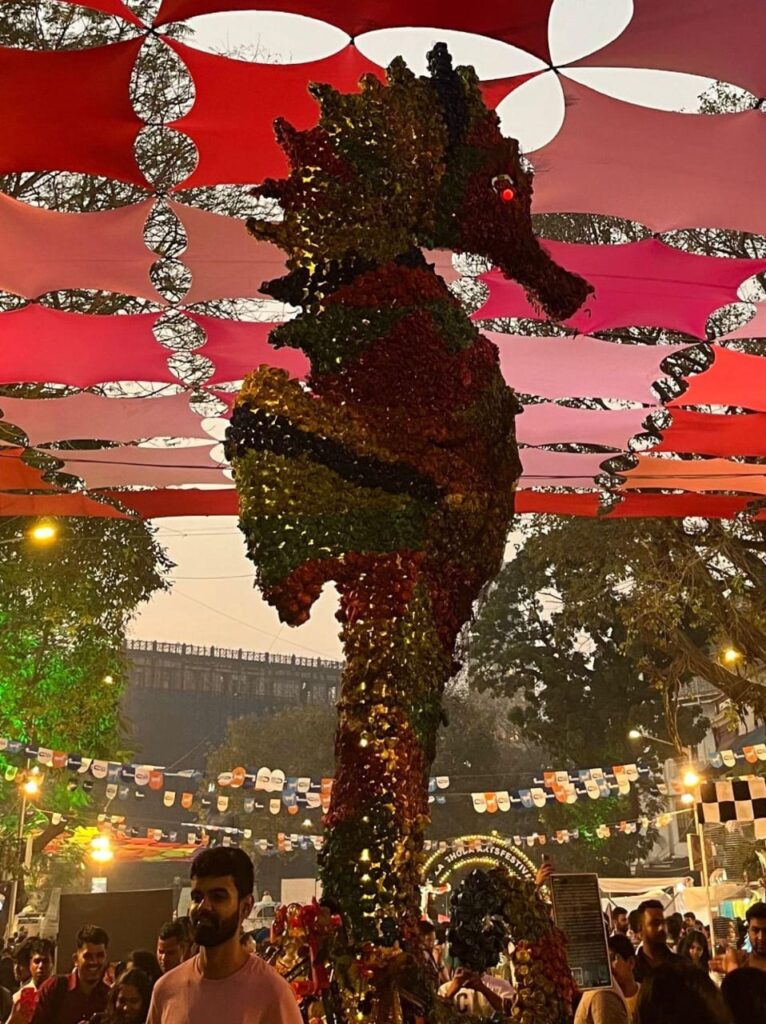
Art That Speaks: The Story of Tidetales
And then, there was Tidetales. It wasn’t just another installation; it spoke. A magnificent seahorse, sculpted entirely from discarded plastic waste, stood as a silent yet powerful reminder of what we’ve done to our oceans—and what we can still undo. It wasn’t just a piece of art; it was a lesson, a plea, a promise wrapped into one.
Standing before it, I felt a mix of awe and guilt. How often do we really think about where our plastic ends up? What struck me most was how something so hauntingly beautiful was created from what we usually throw away without a second thought. Tidetales wasn’t just art—it was hope. It was proof that transformation is possible, that discarded things (and maybe even discarded ideas) can be turned into something meaningful.
It made me wonder—what if we all started looking at waste differently? What if, instead of seeing it as trash, we saw potential? What if every bottle, every wrapper, every seemingly useless piece of plastic could be given a second life? Walking away from Tidetales, I carried more than just admiration for the artist. I carried questions, inspiration, and the urge to do better. That’s the impact of art on society. You don’t just witness it—you feel it, you reflect, and if you’re lucky, you walk away changed.
The Force Within: My Tribute to Strength and Resilience
Standing alongside these thought-provoking installations was my own piece: The Force Within—a towering 9x9x9-foot masterpiece depicting a galloping horse emerging from two giant hands. It symbolized progress, power, and the collective strength of individuals to nurture and protect. But the hands—they were the soul of the piece. They represented the unsung heroes who shape our world, especially the women whose resilience and determination have kept the spirit of Kala Ghoda alive for 25 years.
As I stood near my sustainable art installation, absorbing people’s reactions, a young visitor turned to me and said, “It’s like a reminder that no matter the obstacles, we have the strength within us to push forward.” Another visitor, captivated, murmured, “I’ve never seen something so unconventional—transforming discarded materials into something so powerful and beautiful. It’s a testament to how waste can be reimagined into a symbol of hope.”
And that was the goal. Not just to create sustainable art, but to start a dialogue—one that challenges perspectives, sparks curiosity, and ignites action.
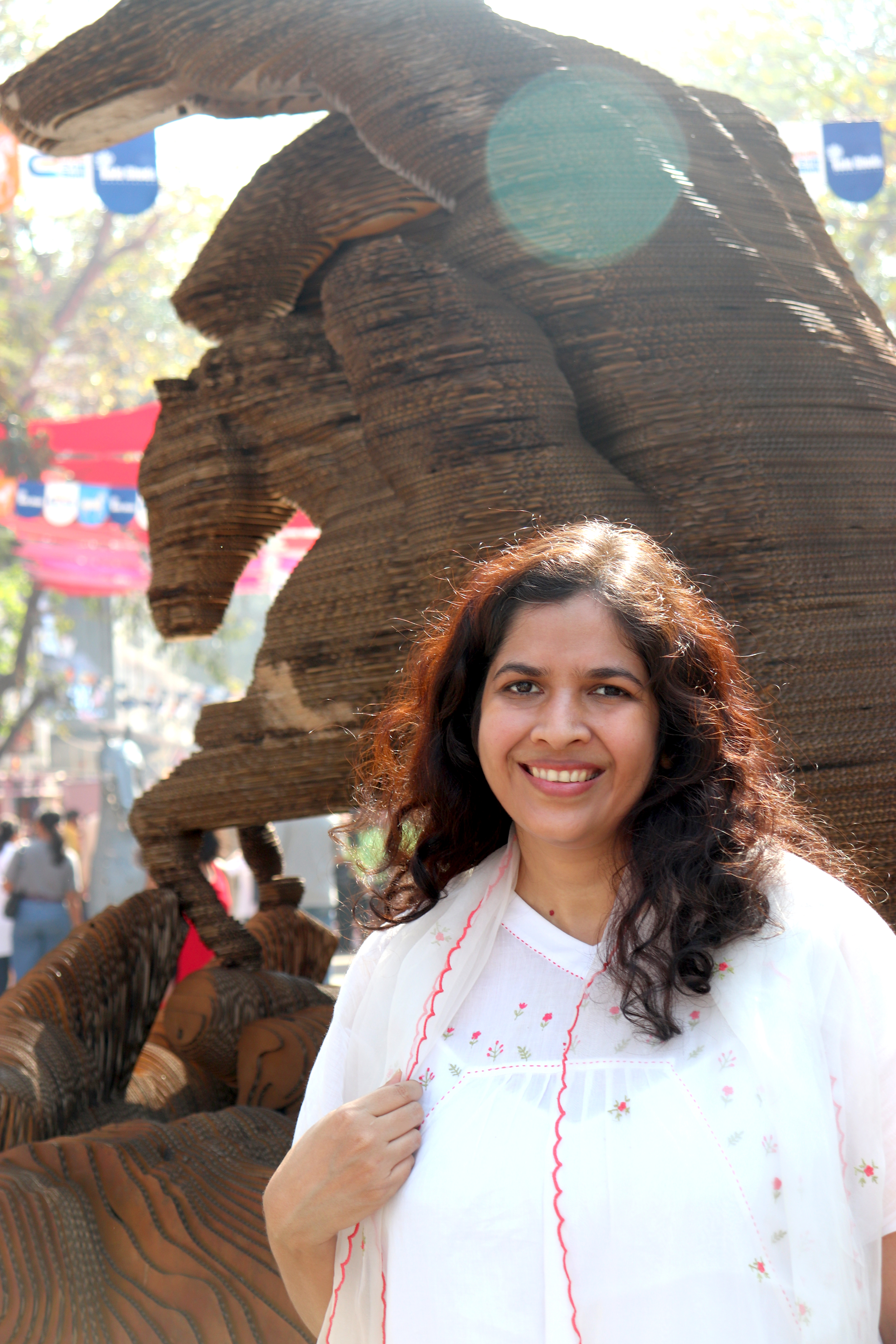
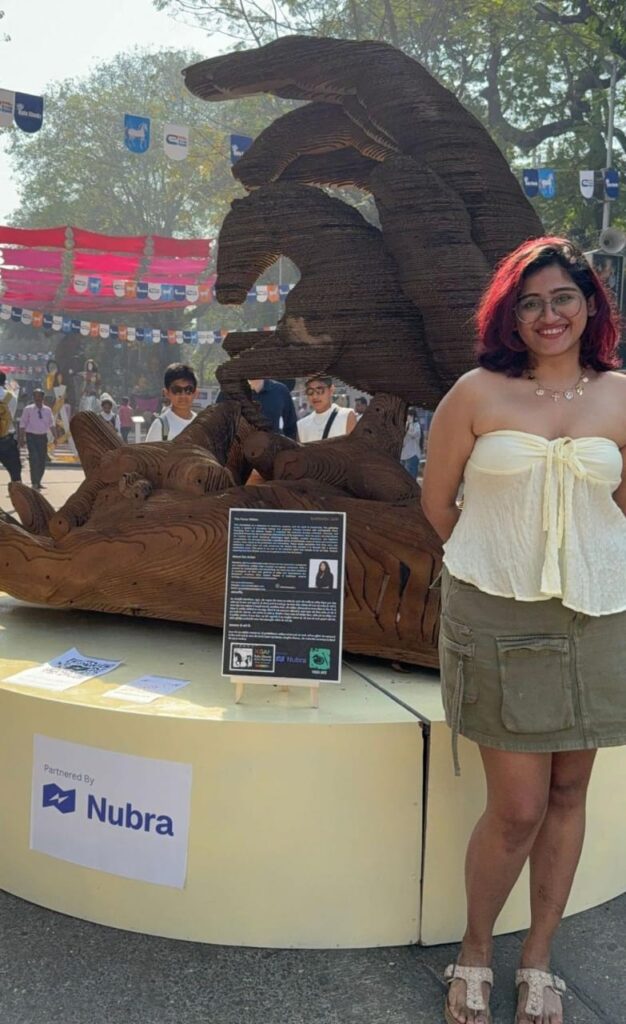
The Power of Pledges: Small Steps, Big Impact
As the festival continued, something unexpected began to unfold. The conversations shifted from simply admiring art to talking about change. People weren’t just observing sculptures or installations; they were reflecting on their own lives, questioning their role in the world, and asking themselves, “What can I do to make a difference?”
That’s when the idea for “Take a Pledge” was born. It wasn’t just another activity—it was a call to action. A chance for everyone to step up and make a commitment, no matter how small, to create a more sustainable future. The concept was simple: to pause, reflect, and pledge to make one positive change. No paper, no pens—just words spoken from the heart with purpose.
I watched as people of all ages gathered around, taking the oath with sincerity. There was no fanfare, just quiet moments of personal reflection, followed by the act of making a promise to change. A teenager took the pledge, raising his hand with a quiet but powerful statement: “I pledge to choose reusable over disposable.” A group of friends, smiling but serious, joined hands and vowed, “We will rethink before buying anything new and support sustainable brands.”
It was a humbling moment, watching people commit to a future they want to protect. One woman, after taking the pledge, turned to me with a soft smile and said, “I’ve never really thought about my choices before, but now I see that every small step matters.” Her words stayed with me, a reminder that sometimes, all it takes is a simple pledge to spark change.
The response was overwhelming. It was incredible to witness how much awareness people have today—how deeply they care about making a difference. The festival became a space for not only art but for real, tangible conversations about everyday changes that lead to lasting impact.
One by one, people pledged to take small but significant steps: carrying a handkerchief instead of using tissues to reduce waste, bringing their own water bottles to avoid plastic, opting for public transport more often, working from home to reduce commuting, and even cutting down on food deliveries to reduce packaging waste.
It wasn’t about what each person was giving up or what they were promising to do differently—it was about the shared understanding that these small actions, when joined together, have the power to shift the tide. One less plastic bag, one more reusable bottle, one more bike ride instead of a car—it all adds up. It wasn’t about a one-time action; it was about the start of something bigger. Each pledge was a ripple, an intentional step towards a more conscious lifestyle.
Because change doesn’t always have to be monumental—it begins with the small choices we make every day. And watching all these individual pledges come together, I realized something profound: these small actions, when combined, will create a tidal wav
When Art Meets Impact: How Creative Partnerships Can Cultivate Real Change for the Planet
This year, I was fortunate to collaborate with Nubra, a brand that shares my vision for a greener tomorrow. Their ‘Plant a Tree’ campaign was more than just a corporate initiative—it was about cultivating hope. For every user engagement and signup, Nubra committed to planting a tree. Because let’s be real—one tree can’t save the planet, but millions of small, consistent actions can.
This partnership wasn’t just about art or business; it was about proving that sustainability and creativity go hand in hand. It was a reminder that when art, commerce, and purpose align, the impact can be profound.
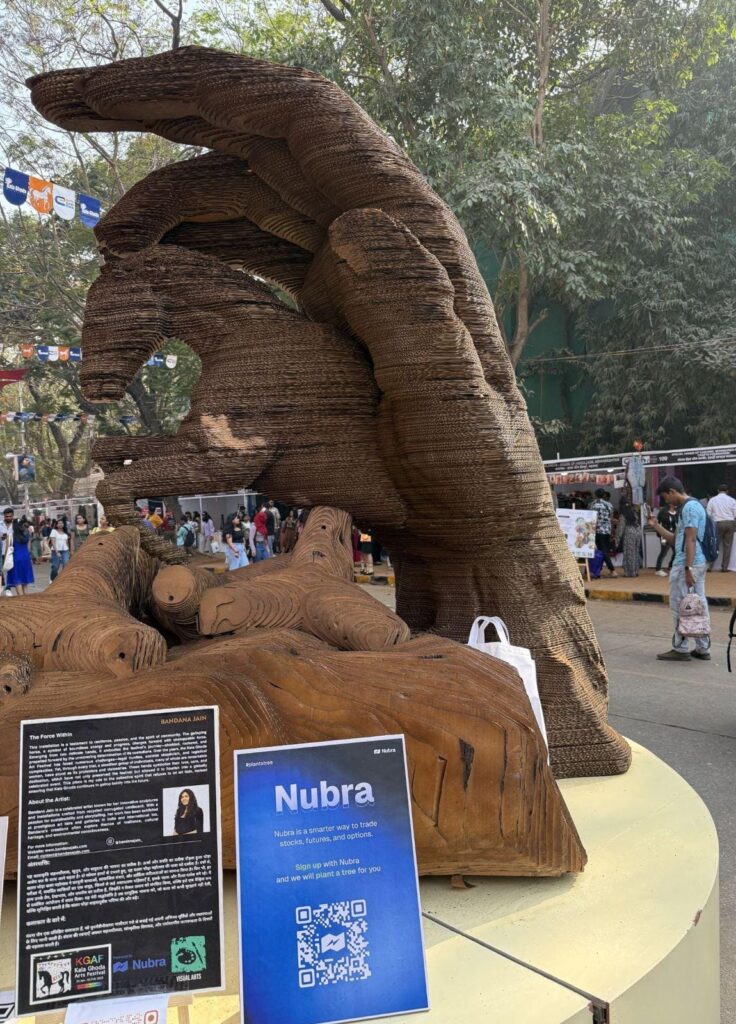
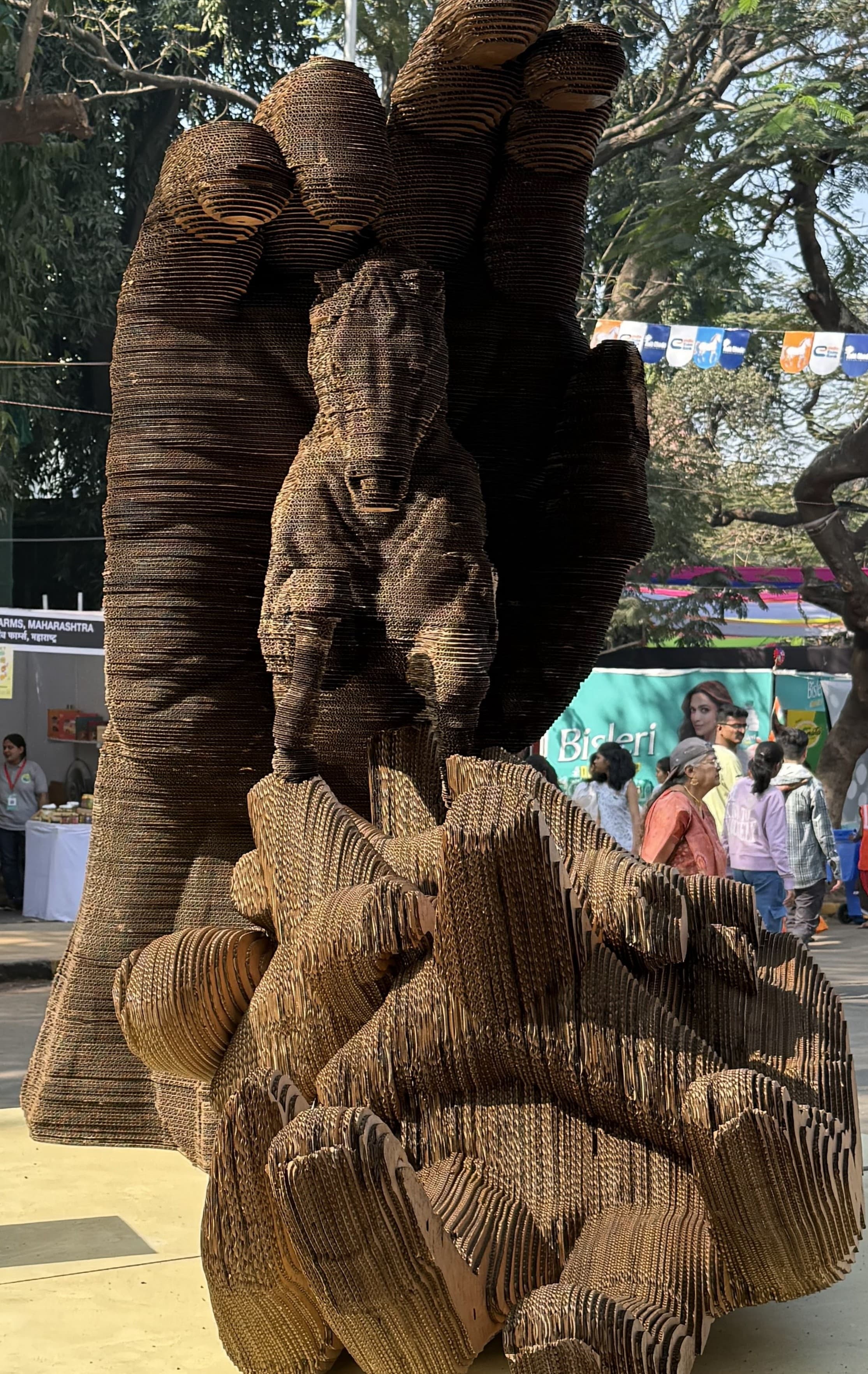
Beyond the Festival: The Conversations that Stay With Us
Kala Ghoda isn’t just about what we see—it’s about what stays with us long after the festival ends. It’s in the quiet reflections, the unspoken questions, and the small shifts in perspective that happen when art stirs something deep inside you.
As I was leaving, I overheard a father explaining an installation to his son. “It’s about the future,” he said. The boy, wide-eyed, stared at the artwork, then at his father. “Then we should take care of it now, right?” Right.
The beauty of Kala Ghoda 2025 wasn’t just in the art, but in its impact. Art has the power to change perceptions, to make us pause, and most importantly, to inspire action. The festival may have ended, but its echoes will continue to ripple through the city, urging us all to be the change we wish to see.
Shop, Savor, and Soak in the Culture:
This time, I had the incredible opportunity to explore regional art up close, and I was genuinely fascinated by the intricate details of each piece. I had the privilege of meeting talented artists from Bihar, Rajasthan, Odisha, and Madhya Pradesh, who graciously demonstrated their craft. Each technique left me in awe, and after seeing the live demonstrations, I realized how reasonably priced their works are. From my experience, Kala Ghoda is undoubtedly the best place to discover authentic regional art.
If you’re looking for a genuine pashmina shawl and have concerns about authenticity, Kala Ghoda is a reliable destination for pure pashmina. I also found myself drawn to Banarasi fabric, ultimately purchasing silk and tissue fabric. Beyond that, I came across stunning black pottery, stylish purses, and eco-friendly jute products, making them the best buys of the festival. Overall, if you’re in the market for authentic items, Kala Ghoda Festival is definitely worth the wait.
But the festival is about much more than shopping. I had the chance to attend a cooking masterclass, and it turned out to be far more rewarding than I’d expected. One day, there was a sake (Japanese wine) tasting paired with spring rolls, and on another day, I enjoyed a culinary workshop at the Taj and a delightful cake-making class. The festival offered plenty of opportunities to connect with like-minded people, and alongside these activities, there were music performances, stand-up comedy shows, and amazing kids’ workshops. With talks ranging from literature to dance and music, Kala Ghoda truly has something for everyone.
For those who think Kala Ghoda is just about the Rampart Row, I highly recommend keeping an eye on the daily schedule—it’s a treasure trove of diverse experiences waiting to be explored.
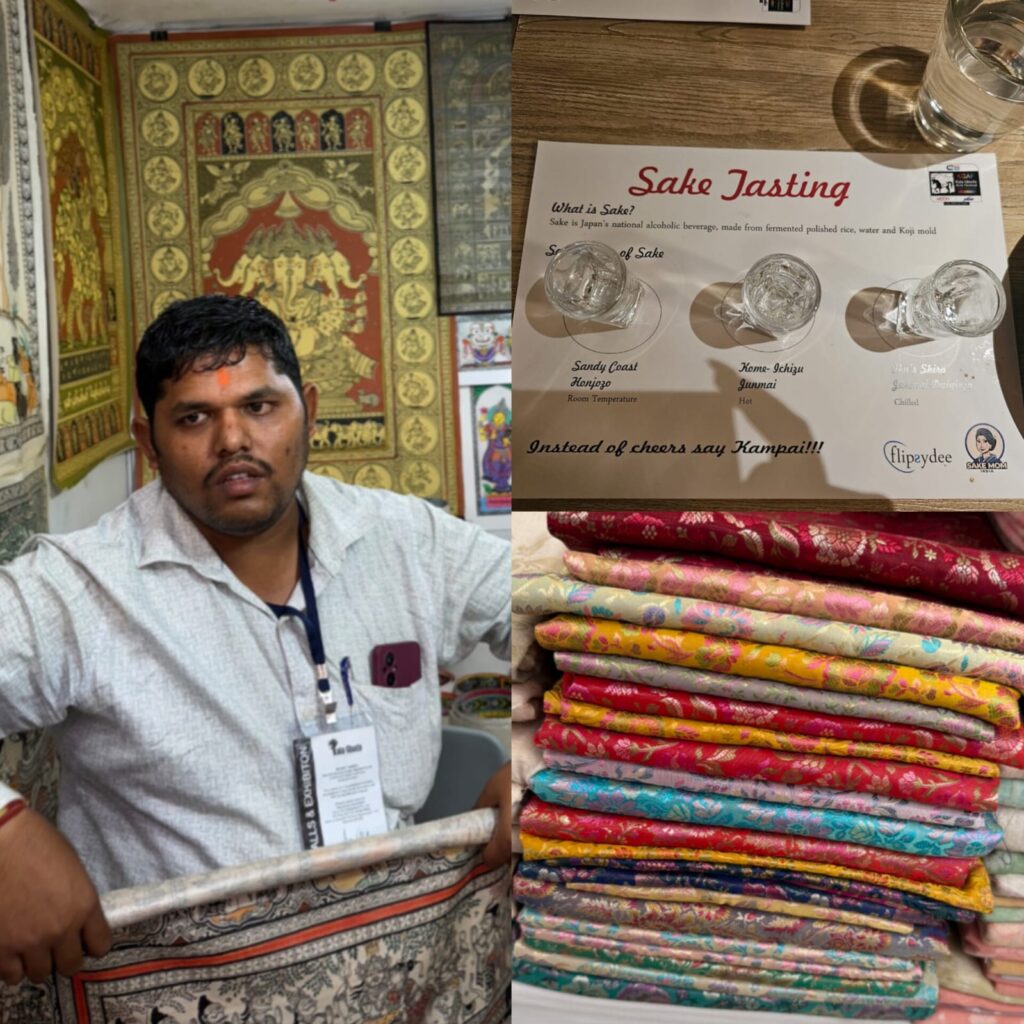
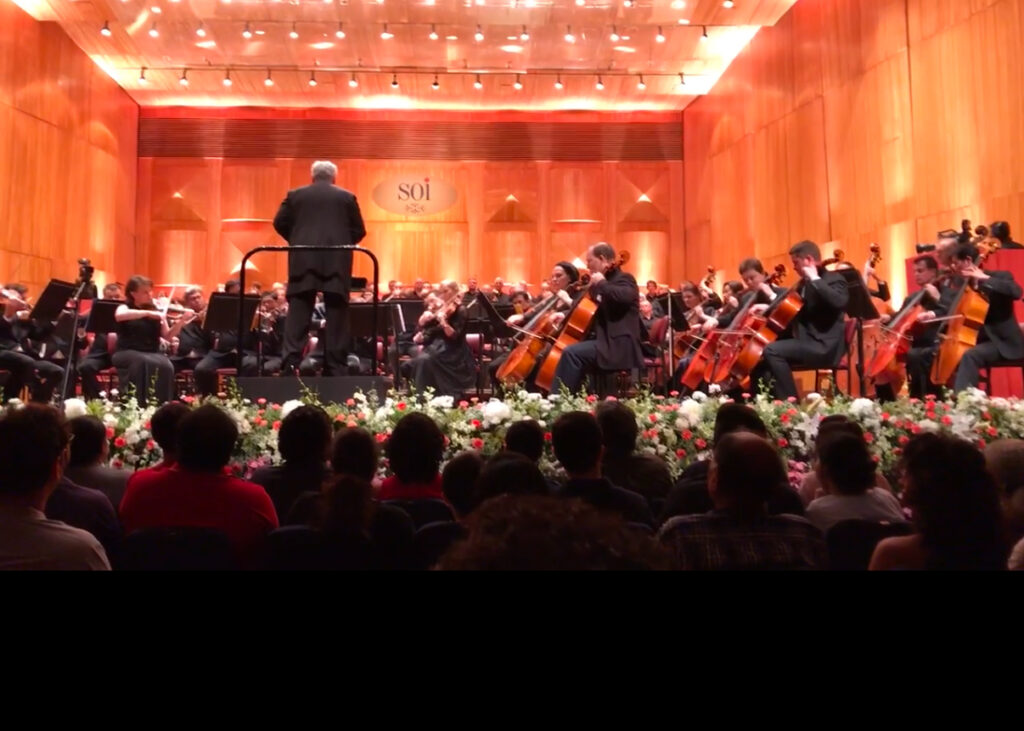
What’s Next?
As the echoes of the Kala Ghoda Art Festival fade and the city settles back into its usual rhythm, I find myself reflecting on the exciting journey ahead. On February 20, 2025, I have the distinct honor of hosting an exclusive evening in collaboration with The Times of India and Kotak Private.
This celebration of art and conversation fills me with humility, especially as I share the stage with some of India’s greatest artistic minds.
To be among legendary artists such as Paresh Maity, MF Husain, B Prabha, Jogen Chowdhury, K Laxma Gaud, SG Vasudev, and others is not only a privilege but also a reminder of the profound responsibility we bear as artists. This gathering is more than just an exhibition of masterpieces; it is a celebration of how art transcends boundaries and unites us in ways we never imagined.
For me, this event holds even greater significance because it is taking place at the National Centre for the Performing Arts (NCPA) in Mumbai—a venue synonymous with cultural excellence. The NCPA has long been a nurturing ground for the arts, offering a platform for exploration, dialogue, and creative expression. It’s where I’ve experienced the magic of Indian classical music through Hari Prasad Chaurasiya and the mesmerizing dance of Birju Maharaj. The NCPA has an irreplaceable vibe, standing proudly on the edge of Mumbai, connecting the city’s soul with the timeless beauty of art. To now have my work exhibited there is more than just an honor—it feels like a personal milestone in my artistic journey.